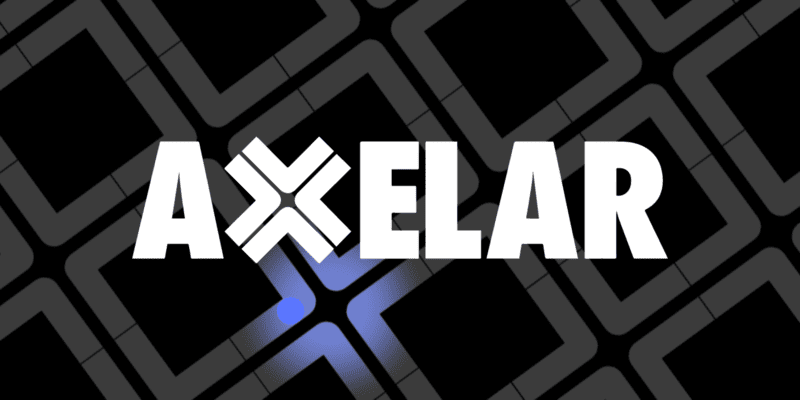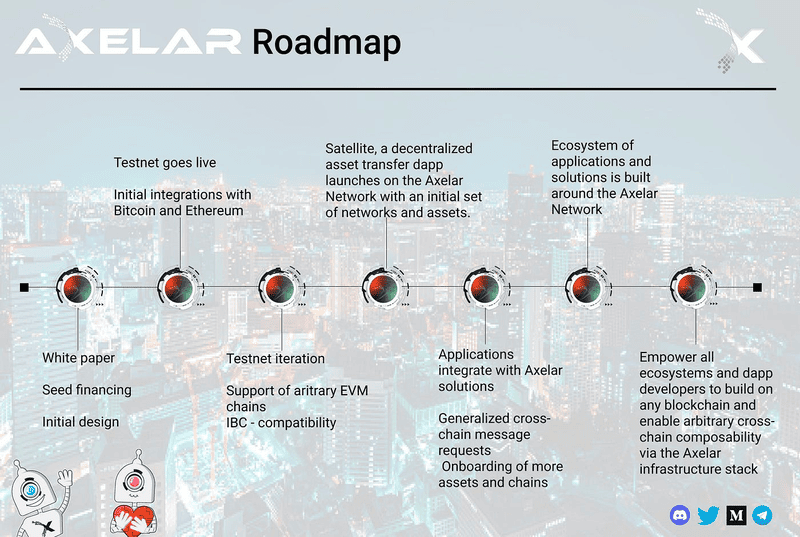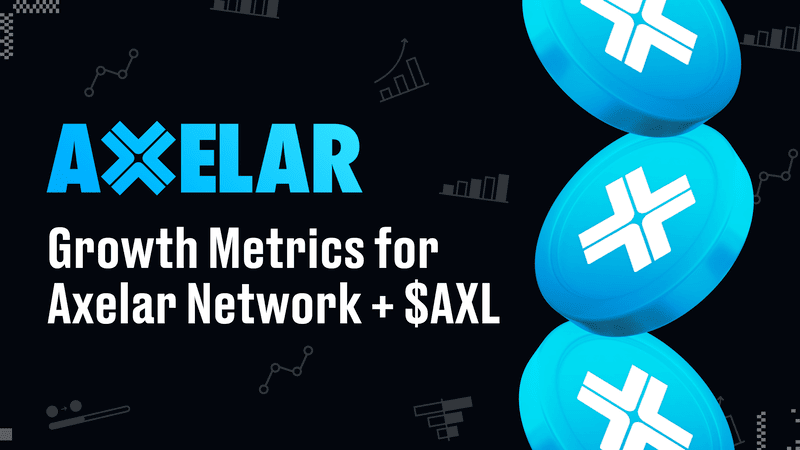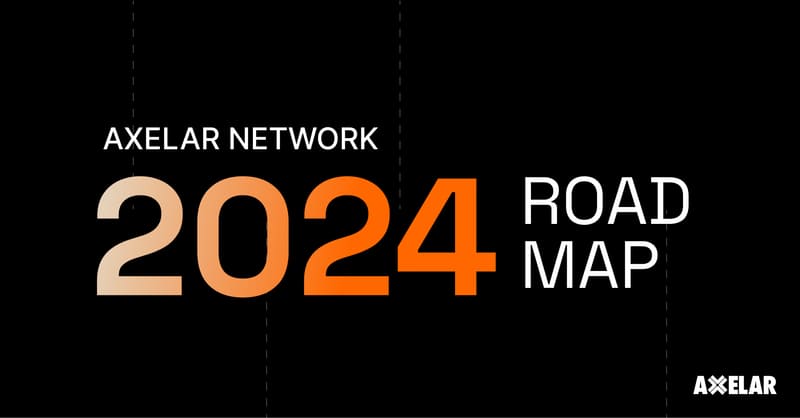In this article, we dive into what is Axelar Network, exploring its unique features, technology, and impact on blockchain interoperability. Whether you’re a developer or an enthusiast, understanding Axelar’s role in connecting blockchains is essential. Be sure to read through the entire article to fully grasp how this network is shaping the future of decentralized communication.
What is Axelar Network?
Axelar Network is a decentralized protocol that facilitates secure cross-chain communication. Its mission is to connect blockchain ecosystems, allowing developers and users to transfer both tokens and messages between different blockchains in a seamless, scalable manner. In essence, Axelar provides the infrastructure that enables blockchains to communicate with one another without compromising on security, user experience, or decentralization.
Through its decentralized network and suite of tools like the Cross-Chain Gateway Protocol and General Message Passing (GMP), Axelar offers a standardized approach for cross-chain communication, making it easier for developers to build applications that span multiple chains. This eliminates the need for custom, often insecure bridges and relays that can introduce complexity and risk.
Why blockchain interoperability matters?
Blockchain interoperability is essential for the growth and usability of the entire decentralized ecosystem. Without interoperability, blockchain networks remain isolated, limiting the potential for innovation and usability. For example, assets or data stored on one blockchain are locked to that specific network, making it difficult to integrate decentralized applications (dApps) or services that span multiple chains.
Axelar solves this problem by providing a decentralized communication layer that connects these isolated blockchains. By allowing tokens and data to flow freely between networks, Axelar unlocks the full potential of decentralized finance (DeFi), gaming, and other blockchain-based applications. It ensures that developers can leverage the strengths of various blockchains without facing the challenges of interoperability.
How Axelar Network works
Cross-chain communication technology
Axelar enables secure cross-chain communication through its Cross-Chain Gateway Protocol, which standardizes the process of transferring assets and data across blockchains. The protocol is designed to ensure seamless connectivity between different chains, whether they are layer-1 networks like Ethereum and Avalanche or layer-2 solutions.
The gateway protocol handles the complexities of cross-chain transactions, so developers don’t have to build custom solutions. It includes both APIs and an SDK that developers can use to integrate their dApps with Axelar, allowing them to connect to any blockchain in the network.
General message passing (GMP)
Axelar’s General Message Passing (GMP) protocol goes beyond simple token transfers by enabling arbitrary message passing between chains. This means developers can execute smart contracts on one blockchain that trigger events or actions on another. GMP opens up possibilities for creating truly cross-chain dApps that operate across different blockchain ecosystems seamlessly.
By providing a way for dApps to send and receive messages between chains, GMP allows developers to expand their applications beyond the limitations of a single blockchain, creating more robust and interoperable solutions.
Network validators
The Axelar Network relies on a decentralized set of validators to ensure the security and accuracy of cross-chain communication. Validators are responsible for processing transactions, verifying the integrity of messages passed between blockchains, and securing the network. These validators participate in a consensus mechanism that guarantees that all cross-chain transfers are handled securely and efficiently.
Validators play a crucial role in maintaining the decentralization of the network. No single entity controls the network, and validators must stake Axelar’s native AXL tokens to participate in consensus, further ensuring the security and integrity of the system.
Key features of Axelar Network
Scalability
Axelar’s architecture is designed to scale with the growing demands of the blockchain ecosystem. As more blockchains join the network and as more users rely on cross-chain functionality, Axelar can scale its operations to meet the demand. Its protocol is built to handle high transaction volumes without sacrificing speed or security, making it suitable for applications ranging from DeFi to gaming and beyond.
Security
Security is a top priority for Axelar. The network employs a variety of cryptographic techniques to ensure that cross-chain communication is secure and resistant to attacks. Validators are incentivized to act in the best interest of the network, and their staked AXL tokens ensure they are financially aligned with maintaining the system’s integrity.
Axelar’s decentralized design also reduces the risk of centralized points of failure, ensuring that the network is robust against various types of attacks, including those targeting individual blockchains or validators.
Decentralization
Axelar is fully decentralized, meaning that no central authority controls the network. This is crucial for ensuring that the network remains transparent and fair for all participants. The decentralized validator set is spread across the globe, making the network resilient and secure.
Decentralization is also a key selling point for Axelar when compared to other interoperability solutions that rely on centralized relays or hubs. By keeping all aspects of the network decentralized, Axelar ensures that its cross-chain communication protocol stays true to the values of blockchain technology.
Tokenomics of AXL Token
Token utility
The AXL token is used within the Axelar ecosystem to facilitate transactions and pay for network services. When a developer or user initiates a cross-chain transfer or message, AXL tokens are used to cover transaction fees. This ensures that the network remains operational and provides a seamless user experience for those interacting with the platform.
In addition to transaction fees, AXL tokens are also used to incentivize validators who participate in securing the network. Validators stake AXL tokens to earn rewards, and their staked tokens act as collateral to ensure that they act in the network’s best interest.
Governance
Axelar operates a decentralized governance model, where AXL token holders can propose and vote on changes to the protocol. This ensures that the network evolves in a way that benefits the entire community, rather than being controlled by a small group of individuals or organizations.
Token holders can vote on key decisions, such as protocol upgrades, changes to validator incentives, and other critical network operations. This decentralized governance model helps ensure that Axelar remains transparent, adaptable, and aligned with the interests of its users.
Staking & rewards
Validators and delegators in the Axelar Network can stake AXL tokens to participate in securing the network and earn rewards. Validators are responsible for processing cross-chain transactions and maintaining the security of the network, while users can delegate their tokens to validators to share in the staking rewards.
Staking not only ensures the security of the network but also provides an additional incentive for token holders to participate in governance and contribute to the network’s long-term success.
Use cases and applications of Axelar Network
Cross-chain dApps
Axelar enables the development of cross-chain decentralized applications (dApps) that can interact with multiple blockchains. This allows developers to leverage the unique features of different blockchains without being constrained by the limitations of a single ecosystem.
For example, a DeFi app built on Ethereum can use Axelar to interact with liquidity pools on other chains, such as Binance Smart Chain or Avalanche. This creates a more seamless experience for users, who can interact with multiple blockchain networks without needing to manually transfer assets between chains.
Partnerships
Axelar has formed strategic partnerships with multiple blockchain ecosystems, enabling greater interoperability across the decentralized world. These partnerships allow developers to build dApps that interact with the full range of blockchains, from Ethereum to Cosmos, making Axelar a key player in the blockchain interoperability space.
Real-world scenarios
In real-world scenarios, Axelar is being used to facilitate cross-chain token transfers, create interoperable DeFi applications, and enable data sharing between blockchains. These use cases highlight the importance of Axelar’s role in the blockchain ecosystem and its potential to revolutionize the way decentralized applications operate.
For instance, users can transfer tokens between chains with a single transaction, or developers can build dApps that leverage data from multiple blockchains to create more powerful and flexible solutions.





